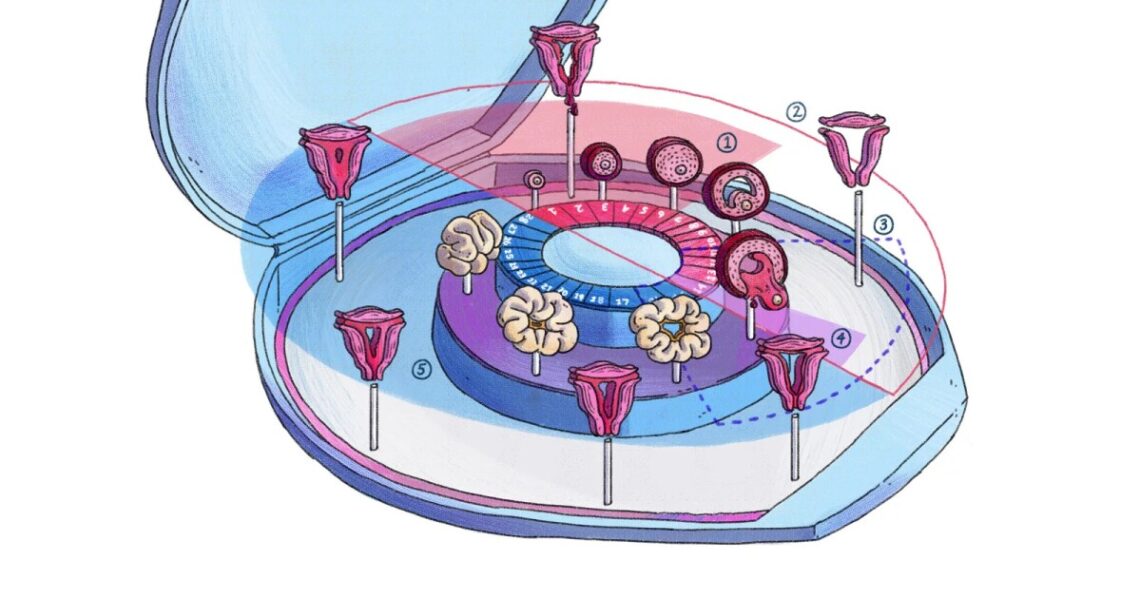Only 18 U.S. states require medically accurate sex education in schools, and even fewer require that menstrual education be part of that. Meanwhile, 22 states still have a tax on tampons and other period products.
This week on LAist’s public affairs show AirTalk, as part of our series on women’s health, we’re exploring some crucial topics related to women’s health, like the physiological and legal aspects of menstruation.
Periods: Far from one-size-fits-all
The cycle is a complex, whole-body process that involves communication from the brain to the ovaries via the pituitary gland, says Harvard’s Dr. Shruthi Mahalingaiah, a professor of reproductive and women’s health.
The ovaries release hormones like estrogen and progesterone to prepare the uterine lining for conception. When an egg is not fertilized, the lining breaks down and is released as blood and tissue through the vagina.
Dr. Mahalingaiah says hormones act as a feedback mechanism from the ovaries to help the pituitary gland regulate aspects like ovulation (the release of an egg from the ovaries) and menstrual cycle length (the time from the first day of one cycle to the first day of the next).
While 28 days is supposedly the normal cycle length, Dr. Mahalingaiah says many women don’t fit that exactly. Twenty-one to 35 days is normal, she says, and even 38 days can be normal. Cycle length can vary throughout a woman’s life, and it can also be also highly responsive to environmental factors, from both inside and outside the body.
Perceived and actual stress, circadian rhythms, and changes in nutrition and exercise can all impact a cycle, she says. Acute stress around upcoming…
Read the full article here







